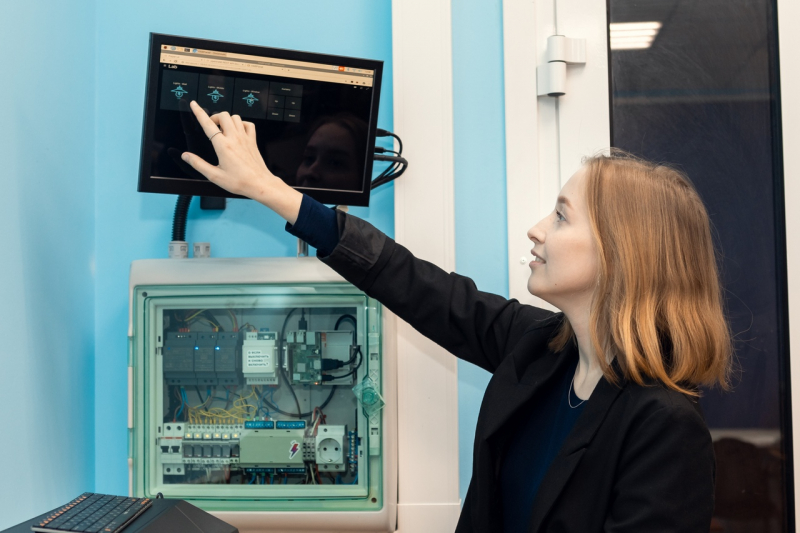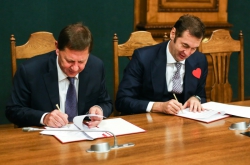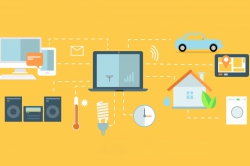The room 361 of ITMO University’s main campus on Kronverksky Prospekt. For the majority of students and members of staff, this is just one of the facilities of the Faculty of Software Engineering and Computer Systems. But it is here that specialists are trained to transform regular rooms, buildings and cities into smart ones. Over the course of the past month, a special pilot project is also being developed here, aimed to smarten up all rooms on the Kroverksky 49 campus’s third floor. Dmitry Muromtsev, head of the Internet of Things Laboratory, tells us more about the work.
“We are in the former machinery room. Just as it is now, there wasa glass partition which divided the room with terminals from computer cabinets. Back then, everything was geared to the computers of that era – so the room had appropriate communications, floor panels, and a powerful cooling system. This was a world of the technologies of that time,” says Dmitry Muromtsev. “We decided to keep the spirit of the laboratory. Today’s students and PhD researchers come here to master cutting-edge computer technologies: IoT and artificial intelligence. They conduct their own research, build prototypes. Some like programming controllers, some focus on voice IoT interfaces, others are interested in intelligent control of IoT from the cloud. That’s why we decided: let the laboratory itself, and the entire floor after it, become a kind of a testing ground, a pilot area for our systems.”
The idea was approved at the faculty, and also supported by industrial partners. This was how the Smart Floor project was born.
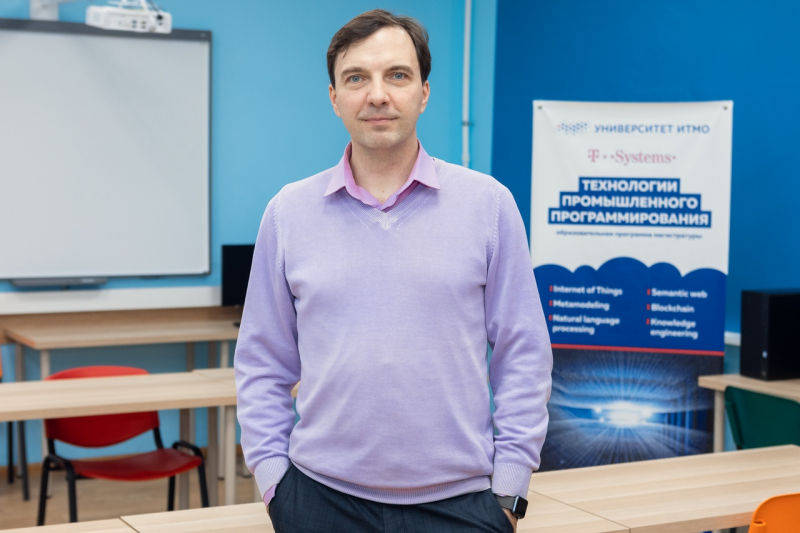
Smart buildings, rooms, engineering networks and other objects aren’t news for the staff of the Faculty of Software Engineering and Computer Systems. For many years, the faculty has been conducting research in this field, producing their own controllers, and implementing a range of objects in the industry and housing and utility sector. The university’s Technopark, located on Birzhevaya Line, even has an entire technological cluster.
But until very recently, this topic required special training, command of the equipment and in-depth knowledge of systems programming. Today, on the other hand, mass production, accessibility, variety and ample possibilities of smart devices attract more and more students and allow them to assemble and program their own unique systems, as well as implement their projects.
“Smart Floor encompasses devices for the building’s infrastructure, which interact with each other, making the rooms more comfortable and facilitating people’s work,” shares Elizaveta Kotelnikova, a Master’s student at the program Industrial Programming Technologies, who works on the project. “Special controllers with manage lamps, aircons, blindfolds on windows and other equipment in the room, gather information about the temperature, the lighting, heat and electricity consumption. To turn the lights on or close the curtains, you’ll no longer have to reach for the switch – the system will recognize a person, turn on the lights and regulate the temperature, or process a voice command. We’ve already drawn up a plan and a list of key equipment, and developed the main control software. We start with this laboratory: we’ve implemented lighting and aircon control, there are mechanized curtains. Next, we’ll apply this experience to redoing other rooms, too.”
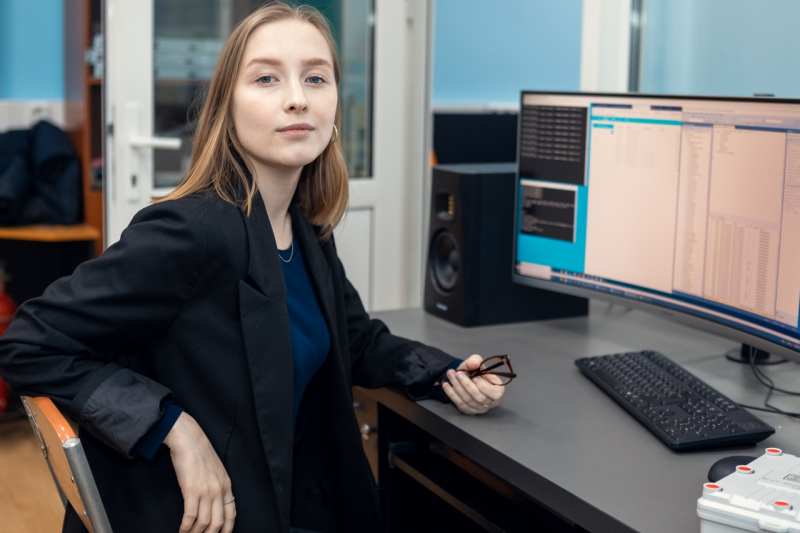
The more data, the smarter the home
“However, for all this to work, we have to learn how to garner and instantaneously analyze information about what happens inside the room,” explains Dmitry Muromtsev. “What makes a smart building differ from a ‘stupid’ one is that the former is able to communicate the maximum data about itself. We plan to increase the number of sensors step-by-step: for the temperature, for identifying the amount of CO2 in the air, as well as presence sensors and video cameras and so on. In addition, we use compact and accurate meters of electricity, heat, water and the like, widely available on the market.”
As part of the smart floor system, meters are no longer just devices for gaging resources consumption. Thanks to intelligent analysis, their readings make it possible to assess the occupancy and the nature of activity in the rooms during the day, the efficiency of the use of the building’s equipment and infrastructure, technical problems and the aging of equipment and engineering infrastructure, and many other aspects.
“Recently, we’ve finished the first stage of creating such an intelligent system for technical accounting and monitoring of electricity. The project attracted the interest of the St. Petersburg Measuring Instruments Production Plant, which provided Smart Floor with smart meters and a LoRaWAN base station. It can survey several hundred thousand devices on low-frequency data transmission networks,” continues Dmitry Muromtsev.
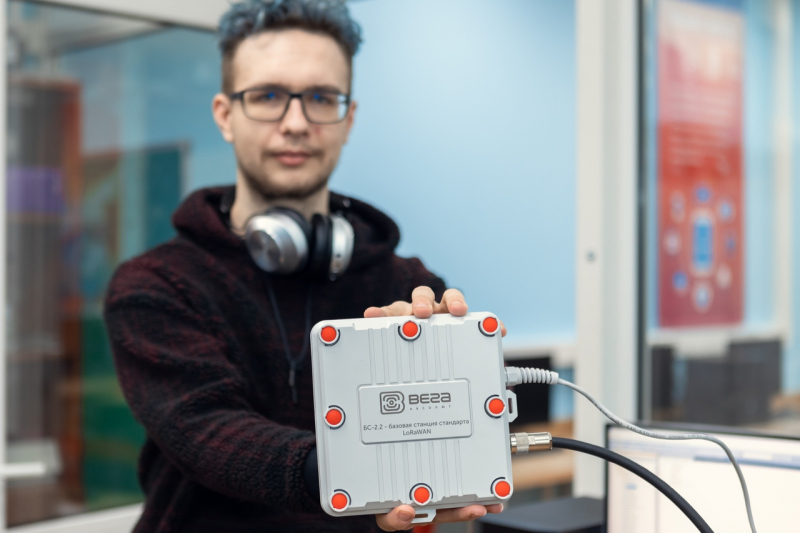
“The LoRaWAN itself is part of the broader notion of the Internet of Things,” comments Pavel Stepanov, a senior engineer at the company. “This technology is relatively young, but it already encompasses practically all spheres of human activity to some degree or another. That’s why we decided to familiarize the city’s higher education institutions with the practices of applying the Internet of Things.”
The university provides substantial support to the development of the IoT laboratory: the necessary controllers, sensors and automated devices have already been purchased, soon to be joined by state-of-the-art IoT devices with inbuilt artificial intelligence: the new Jetson microcomputers from NVIDIA are coming. Industrial partners have provided equipment for wireless IoT networks together with metering devices. Yandex.Cloud has contributed by providing its platform free of charge and helping launch an intelligent engine for IoT systems.
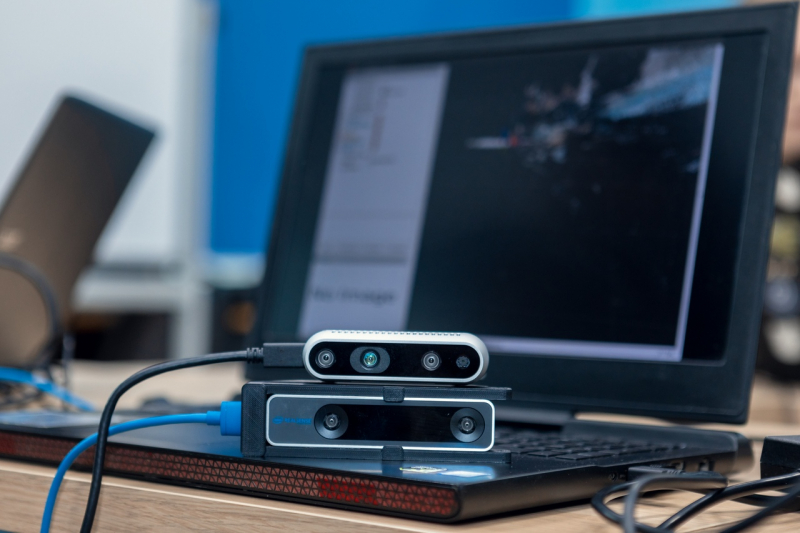
Parallel to garnering data, aggregating and processing of information will also be conducted as part of the project, also with the help of Yandex.Cloud.
“Each sensor works on one or several parameters,” shares Igor Lazarev, a Master’s student at the program Web Technologies. “The resulting data is transmitted to Yandex.Cloud via the MQTT protocol, this is my remit within the project. Latterly, we’ve been configuring everything there is in this laboratory into a general arrangement. Following that, we’ll move on to work on other rooms on the floor. By and large, when the project moves on to the stage of full-scale implementation, the setup and adjustment of information in each room can take up from a couple of hours to a day.”
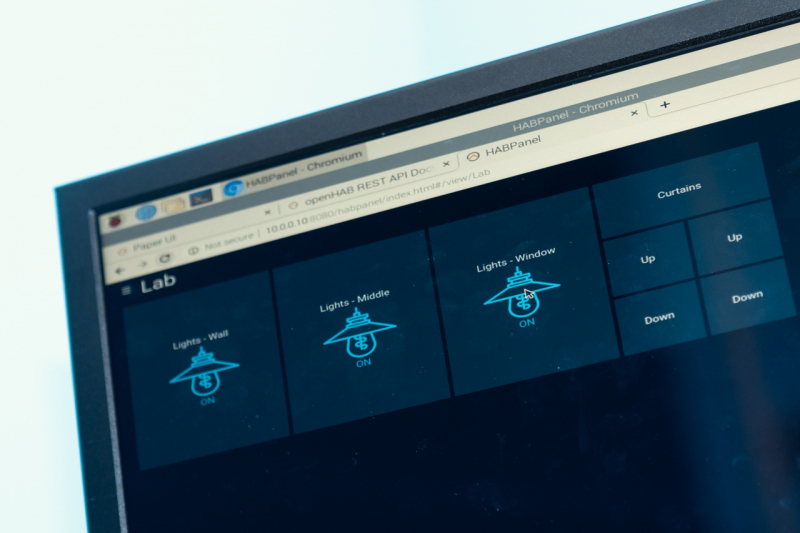
“For me, this is a purely educational project I participate in upon my own initiative,” adds Alexander Surkov, a manager for business development in the field of IoT at Yandex.Cloud. “I’m interested in working with the students, helping them learn something new, and share our results with the market and colleagues. What’s more, from the practical point of view, this is a way to test-drive the technologies and work with them on a hands-on basis, for me included.”
Сost-effectiveness and studies
Looking ahead, the project’s key goals will be not so much to swap the controls and switches with more intelligent analogues as to establish a well-developed infrastructure for collecting and analyzing large amounts of data on the effectiveness of the use of energy and heat, and of managing classroom occupancy. This will allow ITMO University to become a little more environmentally friendly and sustainable, say the project’s participants.
“Applying the smart floor concept opens up a range of interesting opportunities: we’ll have a real picture of energy use of the objects within the system; it’ll be possible to evaluate the impact of the learning process (lectures, lab classes and so forth) on the nature of energy consumption, which is interesting in itself. We’ll also have the data that will allow us to assess the suitability of the premises for conducting various classes in terms of energy. In the context of current repairs, it’ll also be possible to choose the optimal scheme for repairing the premises, and optimize the cost of electrical works,” commented Ravil Simeneev, a chief electrician at ITMO University.
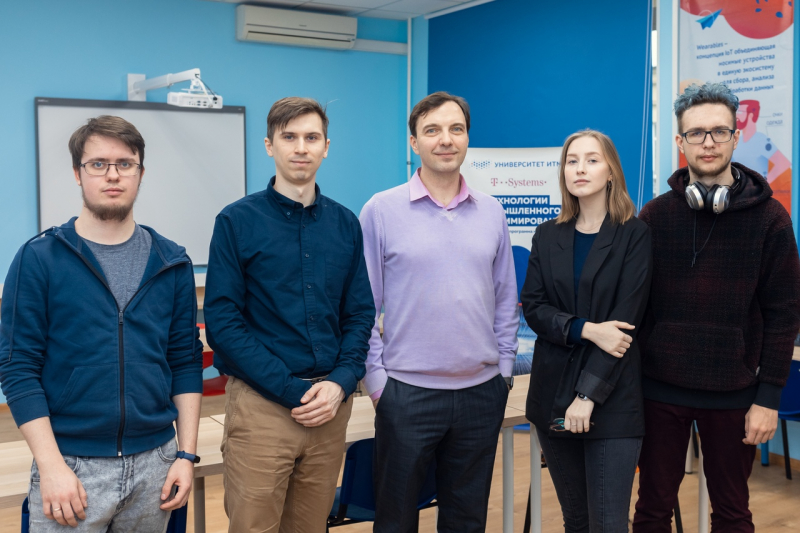
But the most important focus are the students – the development of their practical skills and experience and the assembling of project teams that will potentially become a powerhouse at major IT companies or provide a foundation for new startups. Anticipating the market’s development, students are gaining the competencies that will be in demand tomorrow.
“One of the problems in the training of IT specialists today is the students’ isolation from the real world,” explains Pavel Kustarev, the dean of the Faculty of Software Engineering and Computer Systems. “As a result, university graduates find it more and more difficult to work with real-life smart equipment and infrastructure, it’s harder for them to overcome non-laboratory problems in the industry. This is a challenge for our faculty, and we respond to it by creating the Smart Floor pilot project. ITMO University students have to have a platform for developing and applying their practical competencies not just during their practical training at a production site, but any time and at university. Any employer or industrial customer of ITMO University will understand that we ourselves are practicing professionals in the field and we train specialists not just with words but within the framework of operational, open and verifiable projects. What’s more, it’s high time for the most IT-focused university in St. Petersburg to have a smart building working on its own IoT platform.”
